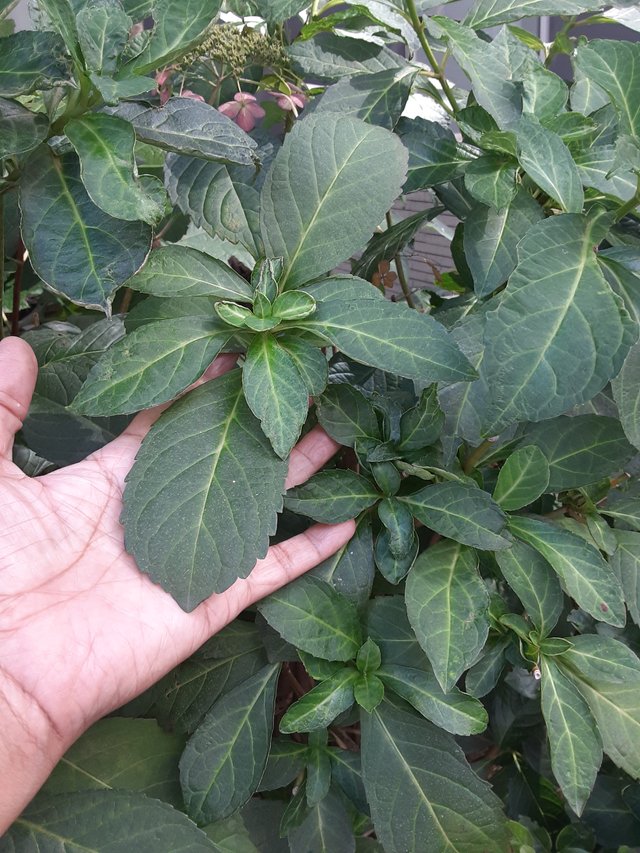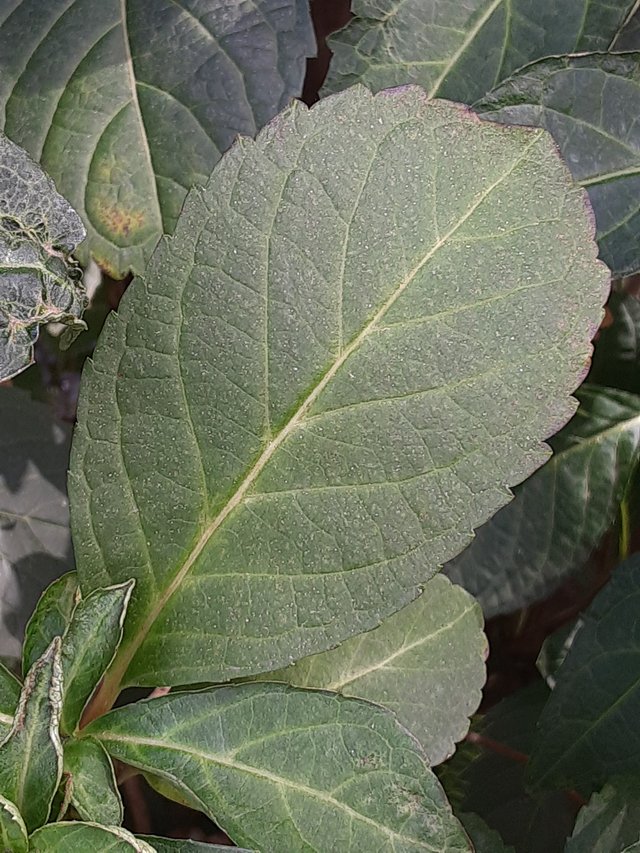
Dichroa febrifuga, commonly known as fever bark tree or quinine-substitute tree, is a deciduous shrub or small tree native to the mountainous regions of Asia. It is particularly renowned for its medicinal properties, particularly its potential as a substitute for quinine, the antimalarial drug derived from the Cinchona plant.
One of the most distinctive features of Dichroa febrifuga is its leaves. These leaves are simple, oval-shaped, and possess a leathery texture. They are arranged in opposite pairs along the stems. The upper surface of the leaves is typically dark green, while the undersides may exhibit a paler hue.
The leaves of Dichroa febrifuga contain a variety of bioactive compounds, including alkaloids and flavonoids. These compounds have been shown to possess antimalarial, antipyretic (fever-reducing), and anti-inflammatory properties. In traditional medicine, the leaves have been used to treat various ailments, including malaria, fever, and rheumatism.
While the exact mechanism of action of the compounds in Dichroa febrifuga is not fully understood, it is believed that they may interfere with the life cycle of the malaria parasite, preventing its growth and development within the human body. Additionally, the antipyretic and anti-inflammatory properties of the leaves may help to alleviate the symptoms of fever and inflammation.

Dichroa febrifuga is a relatively hardy plant that can tolerate a range of growing conditions. It prefers moist, well-drained soil and partial shade. However, it can also adapt to full sun, especially in cooler climates. The plant is relatively slow-growing and can reach a height of up to 6 meters (19.7 feet).
In summary, Dichroa febrifuga is a medicinal plant with a long history of use in traditional medicine. Its leaves contain bioactive compounds that have potential applications in the treatment of malaria and other diseases. While further research is needed to fully understand the therapeutic properties of this plant, it remains an intriguing subject of study for scientists and herbalists alike.
Ref.:
 |  |
Upvoted! Thank you for supporting witness @jswit.
Downvoting a post can decrease pending rewards and make it less visible. Common reasons:
Submit